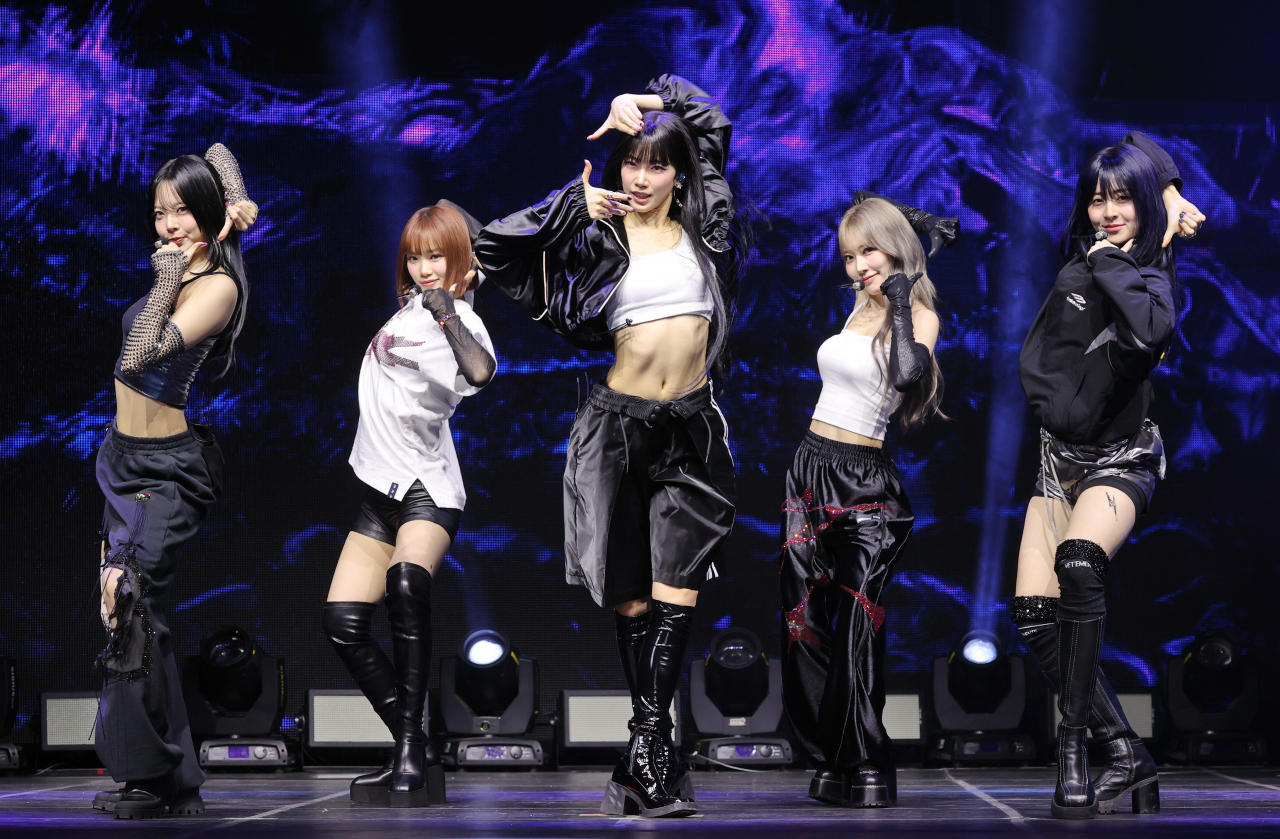On Saturday, January 21, 2017, the Trump administration began not with a gentle dose of diplomacy but with a red-faced tirade delivered by Press Secretary Sean Spicer, lambasting the media over reports of low attendance at the previous day's inauguration festivities.
At the time, Spicer's tantrum felt unprecedented, a press secretary shoved out to defend the embattled new president against charges that people didn't like him (never mind that he lost the popular vote).
SEE ALSO:Sean Spicer is writing a book about the Trump administration because of course he isIt proved to be the rule, not the exception. The outburst revealed three key characteristics that would be a part of just about every interaction between the Trump administration and the press: 1. Denial of facts; 2. Anger at the mainstream media; 3. The presentation of an alternate reality.
What's more, it was compelling video. While a sparring relationship between the press and the administration is relatively normal, Spicer's first foray into the briefing room was a fiery reminder that nothing about this presidency was normal.
Primetime in the daytime
In 2017, the daily White House press briefing has become ubiquitous, destination viewing available on multiple digital platforms -- from Facebook to YouTube -- and carried live on every news network.
Helmed by Spicer and, after his resignation just six months into the job, Sarah Huckabee Sanders, the daily press briefings have become a surreal carnival sideshow. But to dismiss them as distractions, theatrics, or mere incompetence is to miss the point.
The constant turmoil on display in the press room reflects the day-to-day disarray with which this White House is operating. The fact that the pressers are carried live reflects the need of an anxious electorate to tease out any thread of order in the maelstrom. Or wait for the next blunder.
The power of TV was on full display in 2017. In April, a Politico/Morning Consultpoll found that Spicer was more recognized by respondents than other political figures like Nancy Pelosi and Jared Kushner.
And, at one point early in the administration, the press briefings were drawing bigger ratings on some cable channels than daytime soap operas. Online audiences have numbered in the hundreds of thousands depending on the news of the day.
The briefing held on October 30, 2017, the day former Trump campaign manager Paul Manafort was indicted, generated over 250,000 views on the White House's YouTube channel alone.
It's a can't-miss window into the tire fire that is America in 2017.
Technology closes the gap
From the outset, it's worth noting that one big factor in how the press briefing became such a widely covered event is technology -- and the accessibility of high quality live streams from almost anywhere.
Until halfway through the Obama Administration's first term, your best way to see the these briefings were either via the White House website, which streamed some events, or on television news networks (and, even then, the press briefing wasn't carried live every day).
But in 2011, YouTube added live streaming capabilities to its platform. News networks followed and, in 2015, Facebook added live streaming for select accounts (and went global in 2016), not just giving users the chance to share their own streams, but enabling media outlets to push live streams to their audiences.
Hop on Facebook any time there's a press briefing now and your news feed will be flooded with alerts like this.
Via GiphyThe Trump presidency is the first one to start anew with all of these live streaming tools at the disposal of the outlets covering them, making it much easier for average, everyday citizens to watch from the comfort of their homes or work desks or even their phones.
Whether that's a good thing or a bad thing is a matter of opinion.
A three-ring circus
Just because it's available doesn't mean people will watch, and that's where the actual members of the Trump administration come in. That first appearance by Spicer set the tone and announced to the world, "Holy crap, this really won't be like anything we've seen before."
Each briefing possesses the potential to become a brilliant, horrific train wreck from which we can't look away. Like when Sean Spicer insisted Hitler didn't use chemical weapons during World War II (he absolutely did). Or when Sarah Huckabee Sanders used a weird beer analogy for the GOP tax reform plan that sounded like it was written by a stoned high schools student.
Tweet may have been deleted
While previous administrations have certainly had their moments of friction -- George W. Bush press secretary Ari Fliescher had some memorable tangles with reporters as did Obama's press secretaries -- 2017 saw Trump's pair of briefing helmers, Sean Spicer and Sarah Huckabee Sanders, elevate things to an ongoing battle that pushed things to new heights of batshit insanity.
Spicer brought some newcomers to the briefing room via the now-rarely-used Skype questions, which gave a platform to conservative radio hosts and far right outlets like The Federalist. And he caused an uproar with an inadvertent S.O.S. thanks to a poorly arranged American flag pin.
The sparring between the press secretaries and the press took a particularly nasty turn at times throughout the year, such as when Sean Spicer told White House journalist April Ryan to "stop shaking your head again," one of several awkward run-ins by the Trump administration with Ryan.
Tweet may have been deleted
And Sanders pulled off her own condescending stunt when, just before the Thanksgiving holiday, she made reporters tell her what they were thankful for before she would answer their questions.
Tempers flared between the two sides -- the White House and the press covering the White House -- so much that, for a time, the White House tried to take the briefings off-camera only to be met with backlash from the press.
Some of the more memorable briefing moments in 2017 included other Trump officials. Perhaps most notable was when senior White House advisor Stephen Miller argued with CNN's Jim Acosta over the Statue of Liberty and immigration.
But it wasn't just about battling with the press; it was about the crazy stuff that came out of the mouths of White House reps during these meetings.
As Trump continues to push this presidency into surreal territory, Spicer and Sanders have been happy to follow suit, revving up feuds pushing this administration far beyond established norms.
And, as much as we seem to hate that, we can't keep from staring.
The 'SNL' effect
It's didn't take long for the press briefing insanity to go mainstream. On its February 4, 2017 episode, just two weeks after Sean Spicer's inauguration crowd size outburst, Saturday Night Liverolled out its take on Spicer and the press briefings starring Melissa McCarthy as an amped-up, brash, fire-breathing, prop-wielding version of Spicer.
It became, arguably, the biggest political parody on SNLsince Tina Fey's spot-on Sarah Palin impression, surpassing even Alec Baldwin's turn as Trump. McCarthy's over-the-top, hyper-aggro Spicer was comedy gold, transforming him from a White House official to something akin to a pro wrestling villain.
Viewers who were already following the early days of the Trump administration were in on the joke, but SNL carried the absurdity to a wider audience and brought everyone in. It was a perfect intersection of pitch-perfect satire and politics that exploded into a phenomenon that brought something that was considered inside baseball into the mainstream.
But there were limits.
Despite the way SNL helped make the press briefing part of our routine, it didn't make Spicer any more palatable for viewers, as evidenced by the big backlash that met Stephen Colbert when he wheeled the since-departed Spicer out during the 2017 Emmys.
For all the jokes and mockery, viewers were willing to go on so far. The damage Spicer (and, later, Huckabee Sanders) had done as purveyors of Trump's twisted logic and outright lies continues to hang over them.
Speaking to Jimmy Kimmel in September, Spicer expressed his willingness to lie for Trump, using such a trivial things as that inauguration crowd: “Even if you know the crowd wasn't bigger, you have to go, as press secretary, you have to say that it was."
As we prepare for the second year of the Trump administration, we're all still trying to digest what we've been through and adjust to this new reality where, it seems, anything goes. If there's anything positive to come from this last year of chaos, it's that viewers are more savvy to the spin coming out of the White House and the tolerance for such chicanery is far lower.
Yet, for all that chicanery, the press briefings remain one of the few times any of us get any kind of direct line into a White House that prefers to work in the shadows. And the more the actions of this White House can be kept in the light and exposed, the less likely, for all of their subversion efforts, they can skate by.
The press briefing is a chance to hold the White House accountable and, for all the bluster, the more we see of the administration unraveling in public, the less they will be able to hide and keep in the dark, away from prying eyes.
Featured Video For You
Bizarre moments from Sean Spicer's short stint at the White House
TopicsDonald TrumpPolitics









